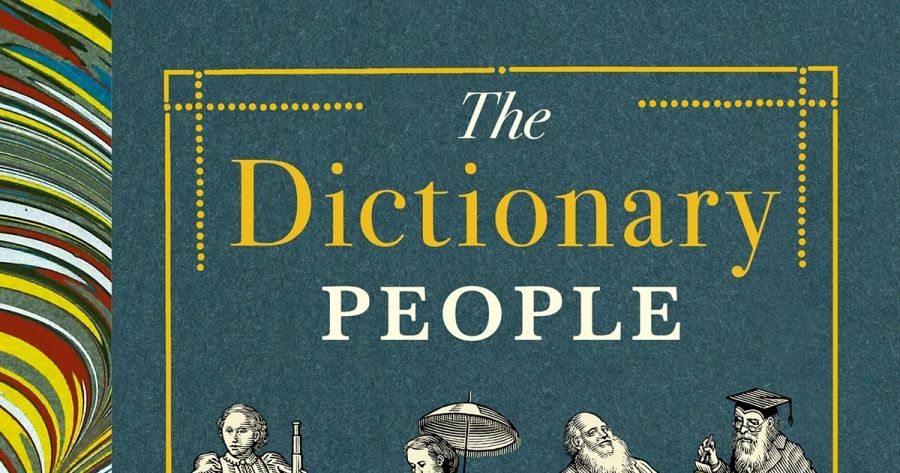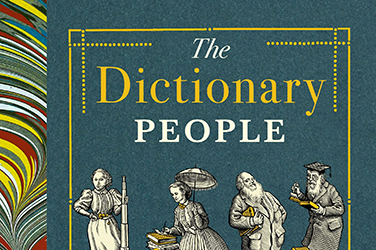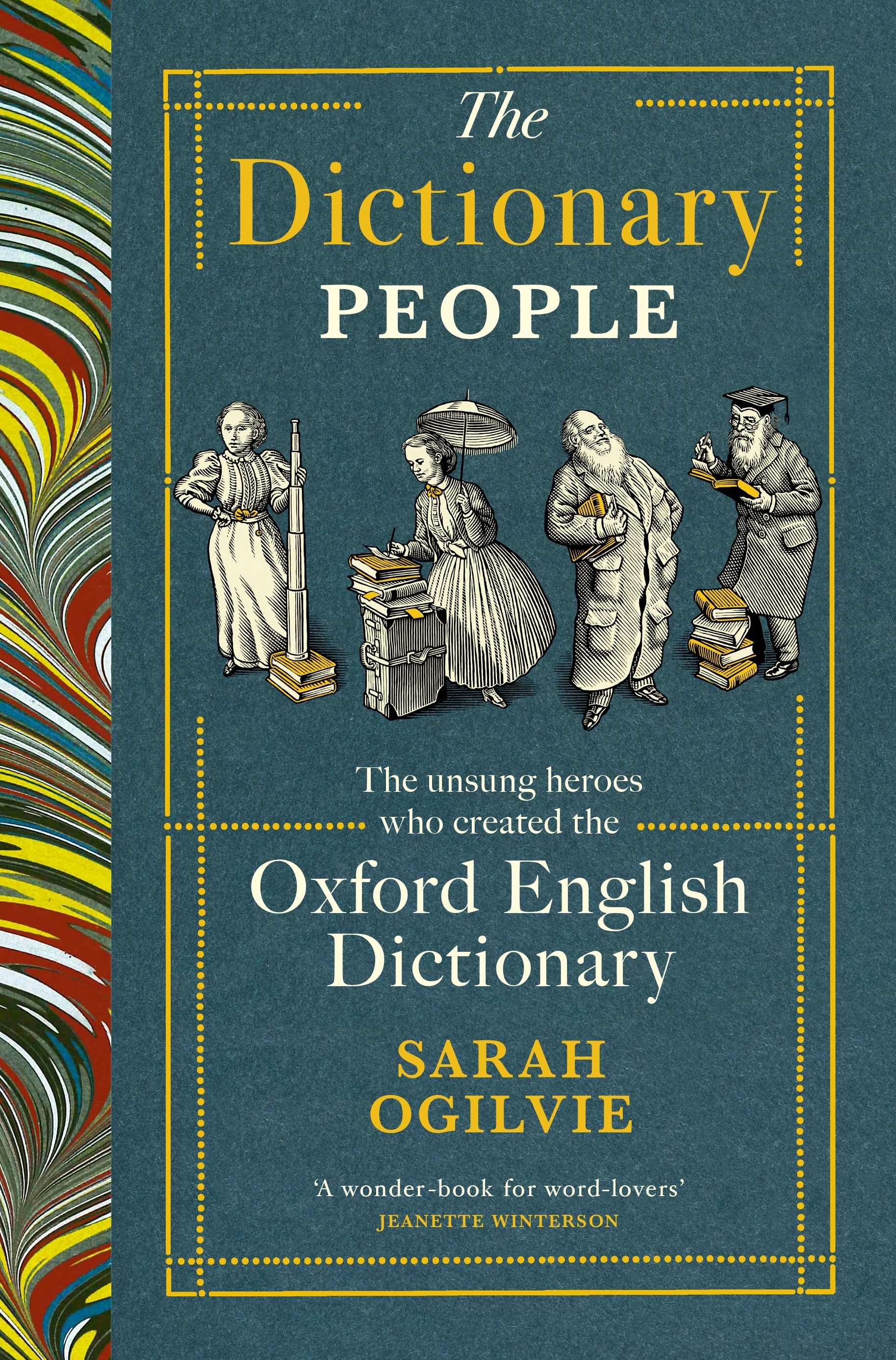
- Free Article: No
- Contents Category: Language
- Review Article: Yes
- Article Title: A–Z
- Article Subtitle: An absorbing dictionary of dictionary makers
- Online Only: No
- Custom Highlight Text:
My edition of the Oxford English Dictionary (1979) defines ‘dictionary’ in two ways: ‘1. A book dealing with the individual words of a language … so as to set forth their orthography, pronunciation, signification and use … arranged, in some stated order, now, in most languages, alphabetical …’; ‘2. By extension: A book of information or reference on any subject or branch of knowledge, the items of which are arranged in alphabetical order …: as a Dictionary of Architecture, Biography, Geography … etc.’
- Featured Image (400px * 250px):

- Alt Tag (Featured Image): Ian Britain reviews 'The Dictionary People: The unsung heroes who created the Oxford English Dictionary' by Sarah Ogilvie
- Book 1 Title: The Dictionary People
- Book 1 Subtitle: The unsung heroes who created the Oxford English Dictionary
- Book 1 Biblio: Chatto & Windus, $35 pb, 371 pp
- Book 1 Cover Small (400 x 600):

- Book 1 Cover (800 x 1200):

Alternative terms for Ogilvie’s enterprise might be ‘prosopography’, a collective biography (of collectors themselves in this instance), or ‘abecedary’, in the extended sense I learned from an article in the September issue of ABR: ‘a collection of short essays titled according to key words and arranged alphabetically’ (‘Stanwyck’s world’, by Felicity Chaplin). A supplementary specimen of Ogilvie’s keyword method is also to be found in that issue of ABR: her article on ‘The Melbourne Dictionary People’. If this had been included in her book, it would have been entitled ‘M for Melbournians’, following the model of ‘E for Europeans’ and ‘N for New Zealanders’. As it stands, ‘M’ in the book is reserved for the more sensational category of ‘Murderers’.
There were three murderers who contributed to the OED in different ways, one of whom also finds his way into the section entitled ‘C for Cannibals’ and another into ‘L for Lunatics’. Their individual stories have been retailed in other biographical studies, most notably Simon Winchester’s classic saga of the homicidal and schizophrenic Dr William Minor, The Surgeon of Crowthorne (1998). But it’s in the groupings of such characters that the distinctiveness and particular fascination of Ogilvie’s approach lie, even where those groupings are of the more anodyne or genteel variety: ‘R for Rain Collectors’; ‘V for Vicars (and Vegetarians)’. Arbitrary, yes, but capacious and flexible, these categories convey the rich variety and idiosyncrasies of her ‘dictionary people’ more pointedly than a conventional chronological account, while also neatly matching the structure of the OED.
A lexicographer herself, who once worked as ‘an editor on the OED’, Ogilvie lit upon her subject and her central source when inspecting the archives of the Dictionary and happened across the professional address book of the Scottish philologist James Murray. He had served as the chief editor of the first edition between 1879 and his death in 1915. Here was a ready-made database providing not just the names and locations of all the contributors during this period but also lists of the words they contributed, details of where they had got these from in their reading, and, in some cases, mordant asides by Murray on their reliability and personal fates: ‘dead’, ‘died’, ‘gone away’, ‘gave up’, ‘nothing done’, ‘threw up’, ‘no good’. Still, this was only a base, and in order to flesh it out with fuller biographical detail Ogilvie engaged in an eight-year trawl of other archival collections, dictionaries of biography, monographs such as Winchester’s, memoirs, medical records, general histories of the OED, and secondary histories of the period concerned.
It has been a mammoth task for Ogilvie, confessedly matching the obsessiveness of many of her individual subjects and with continuously fascinating results. If I have a criticism, it’s that she consistently fails to document her contextual sources in footnotes or even endnotes, only identifying them in a brief, generalised list of works for ‘Further Reading’ at the back. This makes it difficult to check with any precision much of her incidental information (on the true double identity of the pseudonymous contributor ‘Michael Field’, for instance) or some of her confidently made but more contentious claims (such as that the neurasthenic photographer and socialite Clover Hooper Adams ‘was the inspiration for Henry James’s protagonist Isabel Archer in The Portrait of a Lady’ – there are various other, likelier candidates for this). Ogilvie’s eschewal of documentation may be in the interest of making her seemingly recondite quest more reader-friendly, but her limpid style and ingenious structure are sufficient guarantees of that. It’s unfortunate that there will be many readers, and not only academic ones, keen to follow up the leads she provides but left frustrated by the absence of chapter and verse. Her scholarship overall is not to be doubted, but it’s worn, if anything, too lightly. This is especially puzzling in a book about scholars, amateur as well as professional, and their sources.
In the not-so-distant future, the word-sourcing for all dictionaries (in the first sense of dictionaries given above) will probably be done by AI. This may prove a more efficient, more exact method, but you couldn’t produce such an absorbing, character-rich backstory of the project as Ogilvie has provided in her dictionary of the OED’s earliest generations of contributors. How impoverishing for our culture.


Comments powered by CComment